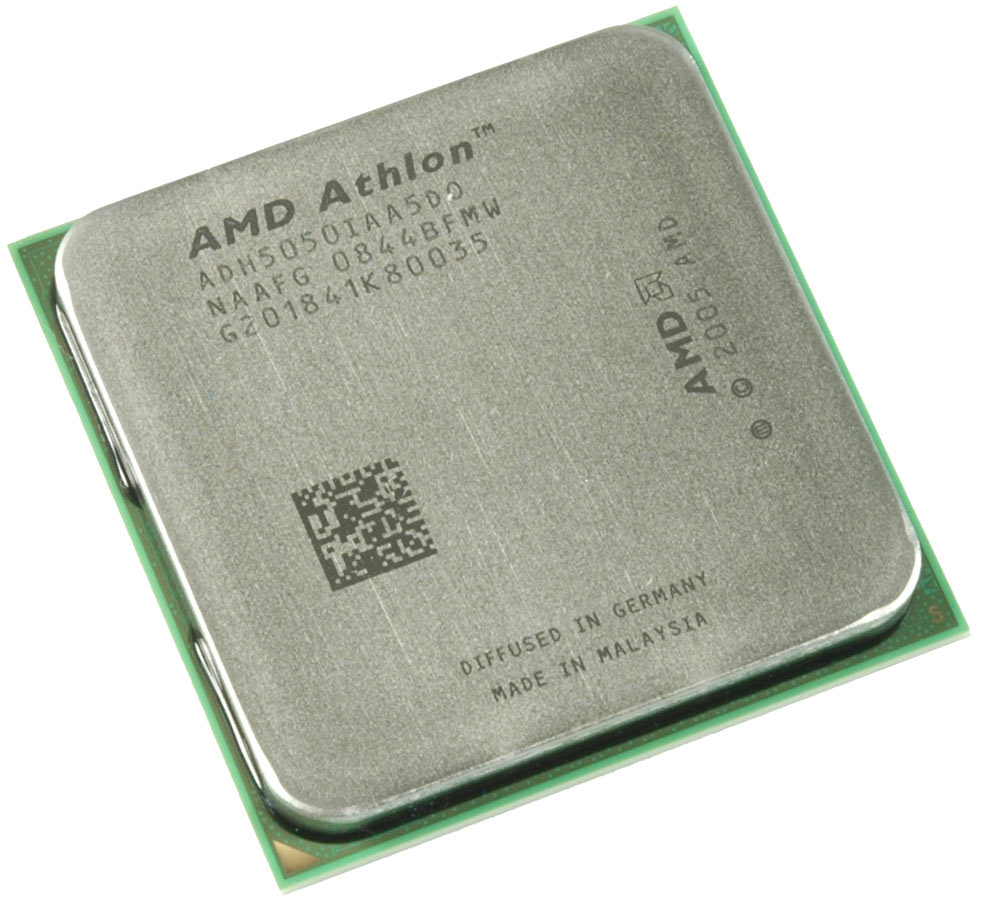Low-Power Face-Off: AMD's Athlon X2 Vs. Intel's Core 2 Duo
Low Power: AMD Athlon X2 5050e (45 W TDP)
AMD has a long history of low-power desktop processors, while Intel has just started to release such products. The first AMD dual-core chip carried the suffix BE, including the Athlon X2 BE-2300, 2350, and 2400 ranging from 1.9 GHz to 2.3 GHz. The processors were based on the Brisbane core and had a power rating of 45 W. Then AMD followed up with Athlon X2 e-models, which offered 2.1, 2.3, 2.5, and 2.6 GHz clock speeds. The top model is the Athlon X2 5050e, which we requested for this review. All low-power models perform equally to their regular power counterparts, as they are based on the same cores.
The Athlon X2 5050e runs at between 1.15 and 1.25 V; our samples required 1.20 V at full clock speed and 0.9 V at idle state, which reduces the clock speed from 2.6 GHz to 1.0 GHz. As expected, the processor, with its two 512 KB L2 caches, isn’t capable of posing any threat to the Core 2 competition. We used a Core 2 Duo E7200 and an E8500 for comparison, and they are faster in pretty much all of the benchmarks except those requiring graphics performance. The explanation for AMD’s advantage in the latter category can be found in the 780G chipset, which performs much better than Intel’s G45 in graphics performance.
There also are so-called business class processors, which are based on the same G2 stepping Brisbane core, but only two models are rated at 45 W TDP (Athlon X2 4450B and 4850B), while the rest require 65 W (5000B to 5600B).
Due to the limitation to full and half multipliers, the memory clock speed of the 5050e is not ideal.
Get Tom's Hardware's best news and in-depth reviews, straight to your inbox.
Current page: Low Power: AMD Athlon X2 5050e (45 W TDP)
Prev Page What is Left from AMD’s Low Power Advantage? Next Page Regular Power: AMD Athlon 64 X2 5400+ BE (65 W TDP)


